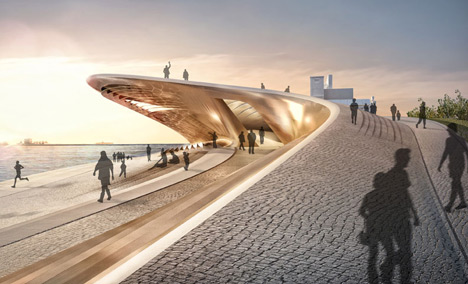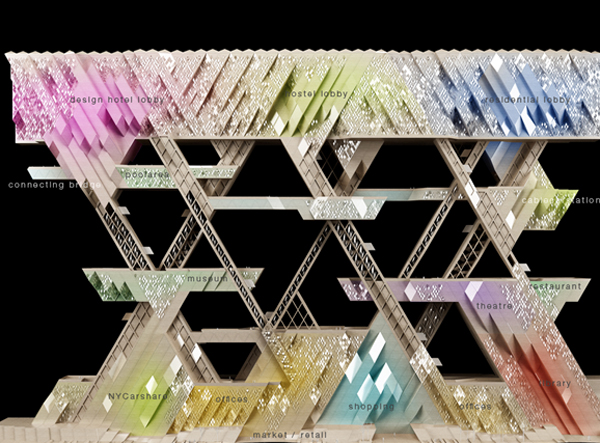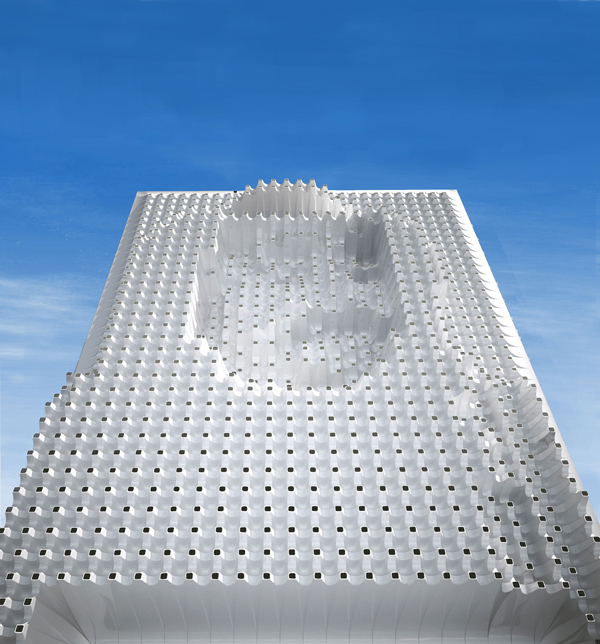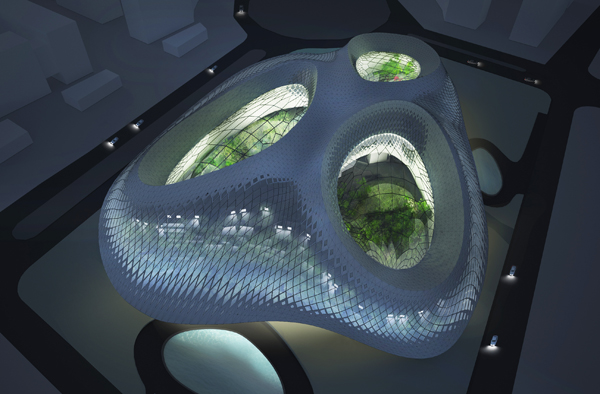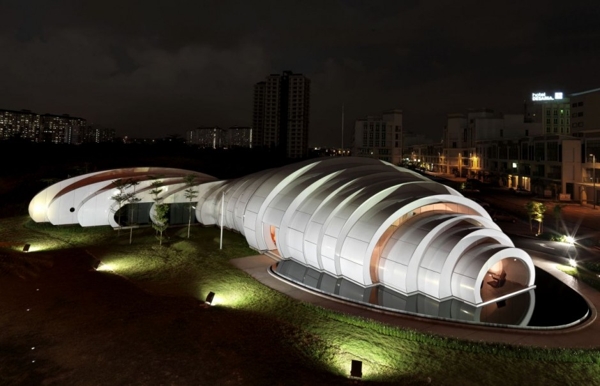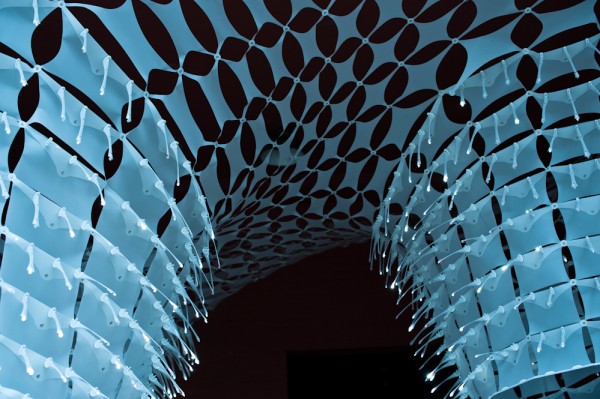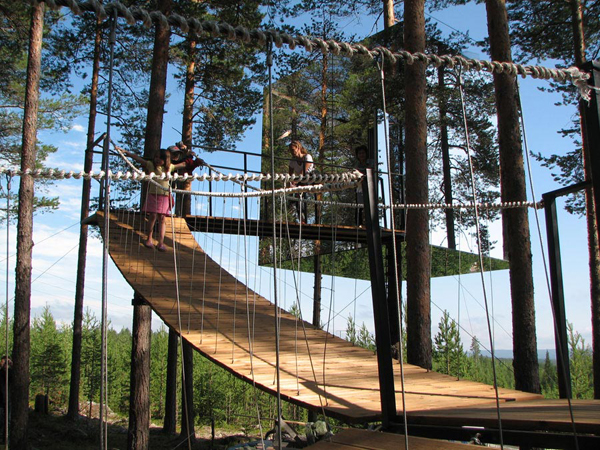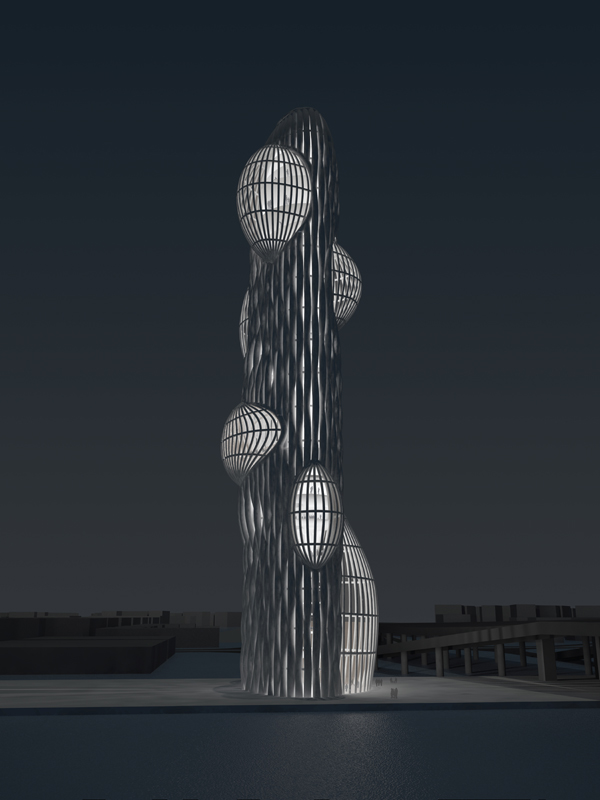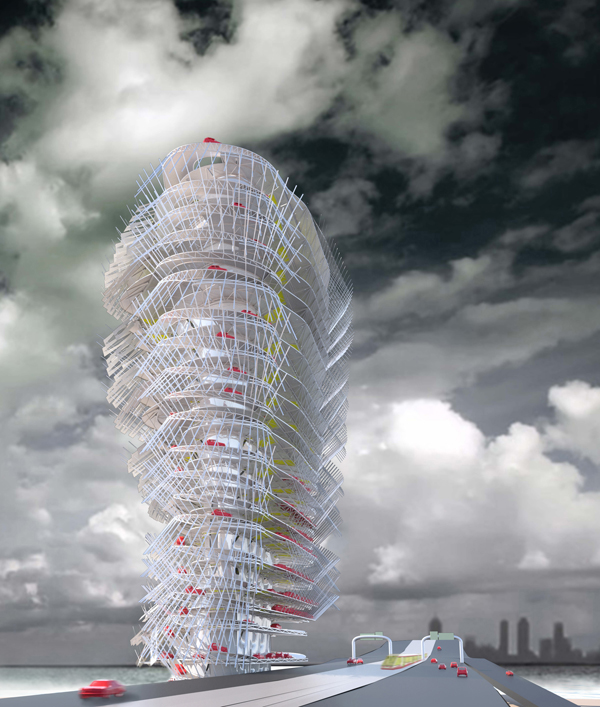The EDP Foundation Cultural Centre in Lisbon is a project about water, light, reflections and people – a building that captures the essence of the unique riverside site and the extraordinary southern light of Lisbon.
The site is of strategic importance. Acting as the gateway to the culturally rich area of Ajuda / Belém, the building will be a magnet, drawing people from the heart of the city to the panoramic views along the Tagus estuary. The currently neglected riverfront area will be activated, and the cultural centre will become one of Lisbon’s leading destinations.
This project is also about democracy. It is a building for the people – for the people of Lisbon, for cultural visitors and for tourists. It is a building for culture and leisure that defies the boundaries between public space and building. A simple and organic gesture creates a topographic form that blends into landscape making a fluid and natural relationship between inside and outside – people move over as well as through the building.
The building creates an attractive landscape, stepping down into the river Tagus. At high tide the steps are covered with water creating a constantly changing space that converses with the tide and the reflections from the water. The reflections play with the overhanging façade to give unexpected lighting effects both inside and out, capturing and magnifying the unique light qualities of this south facing site. An area of welcome shade is naturally created by the cantilevered structure. Read the rest of this entry »

